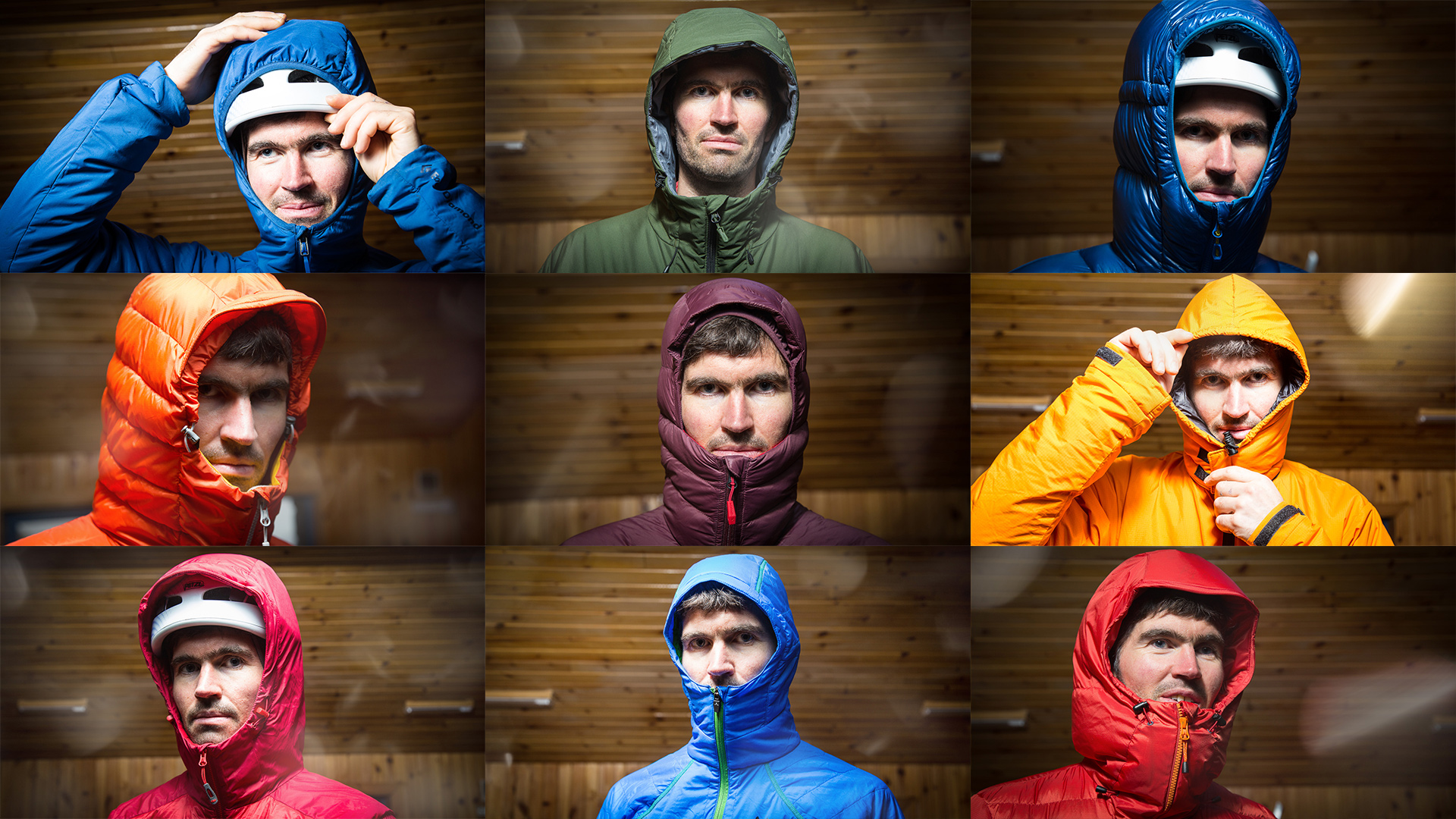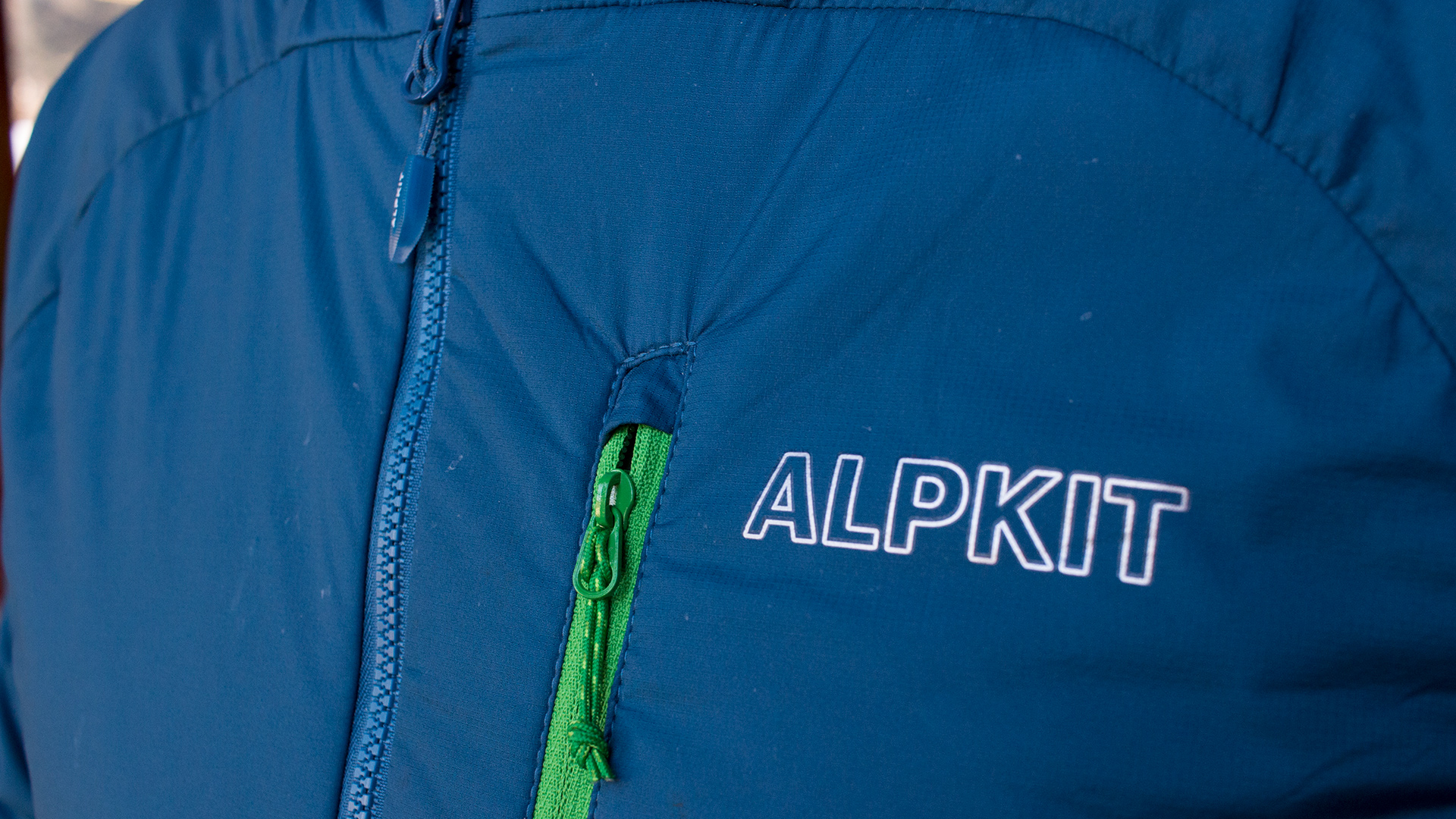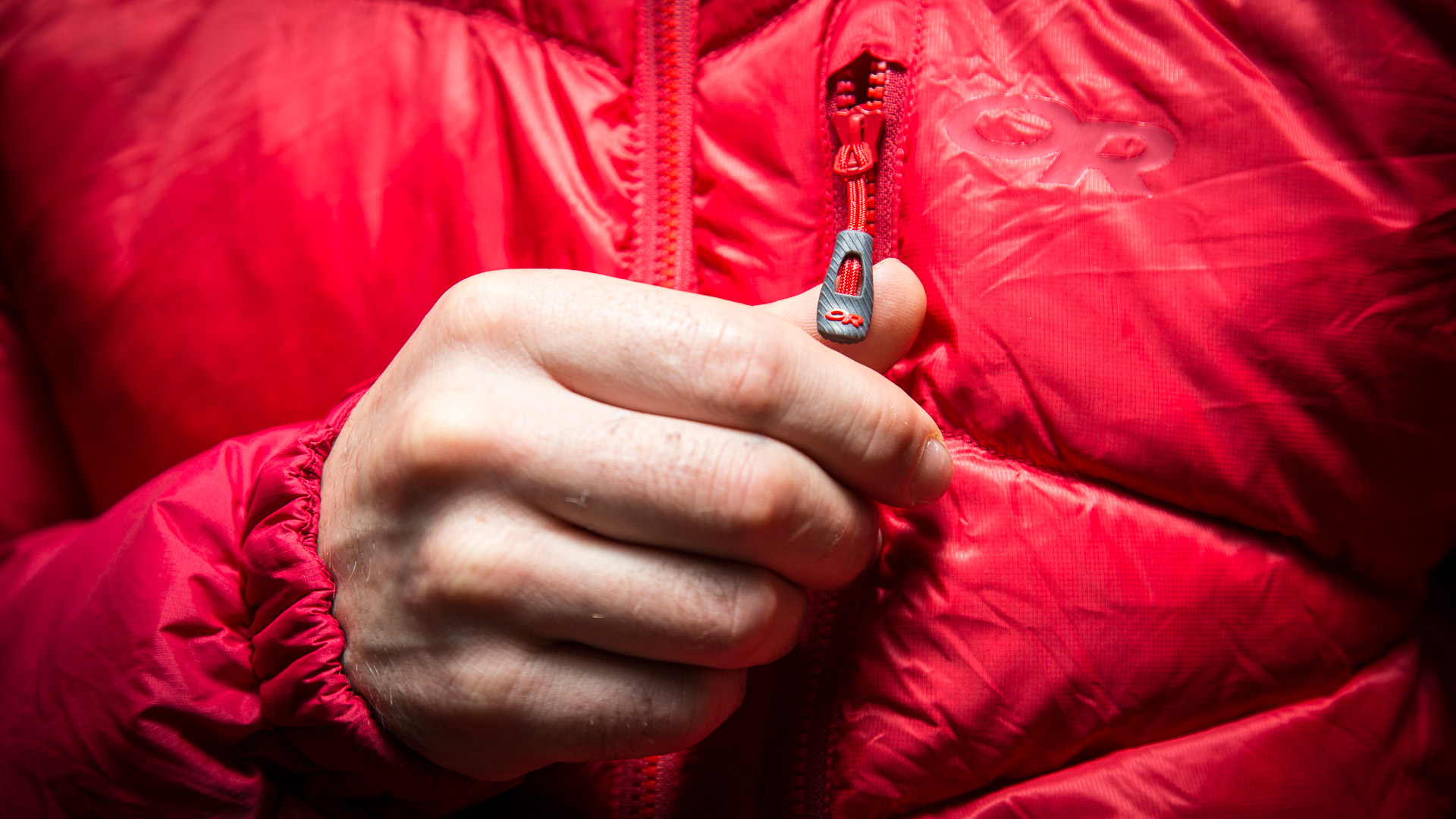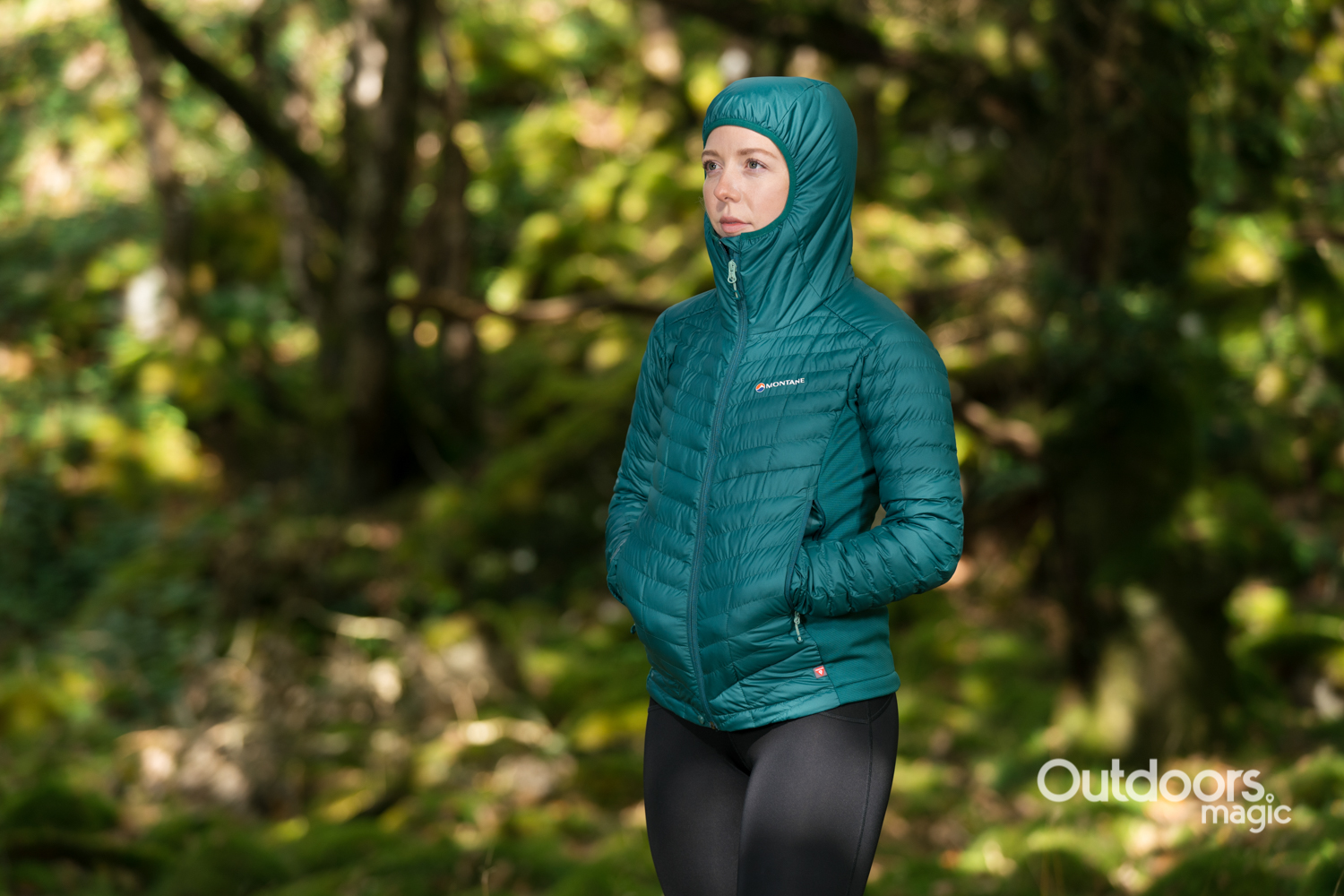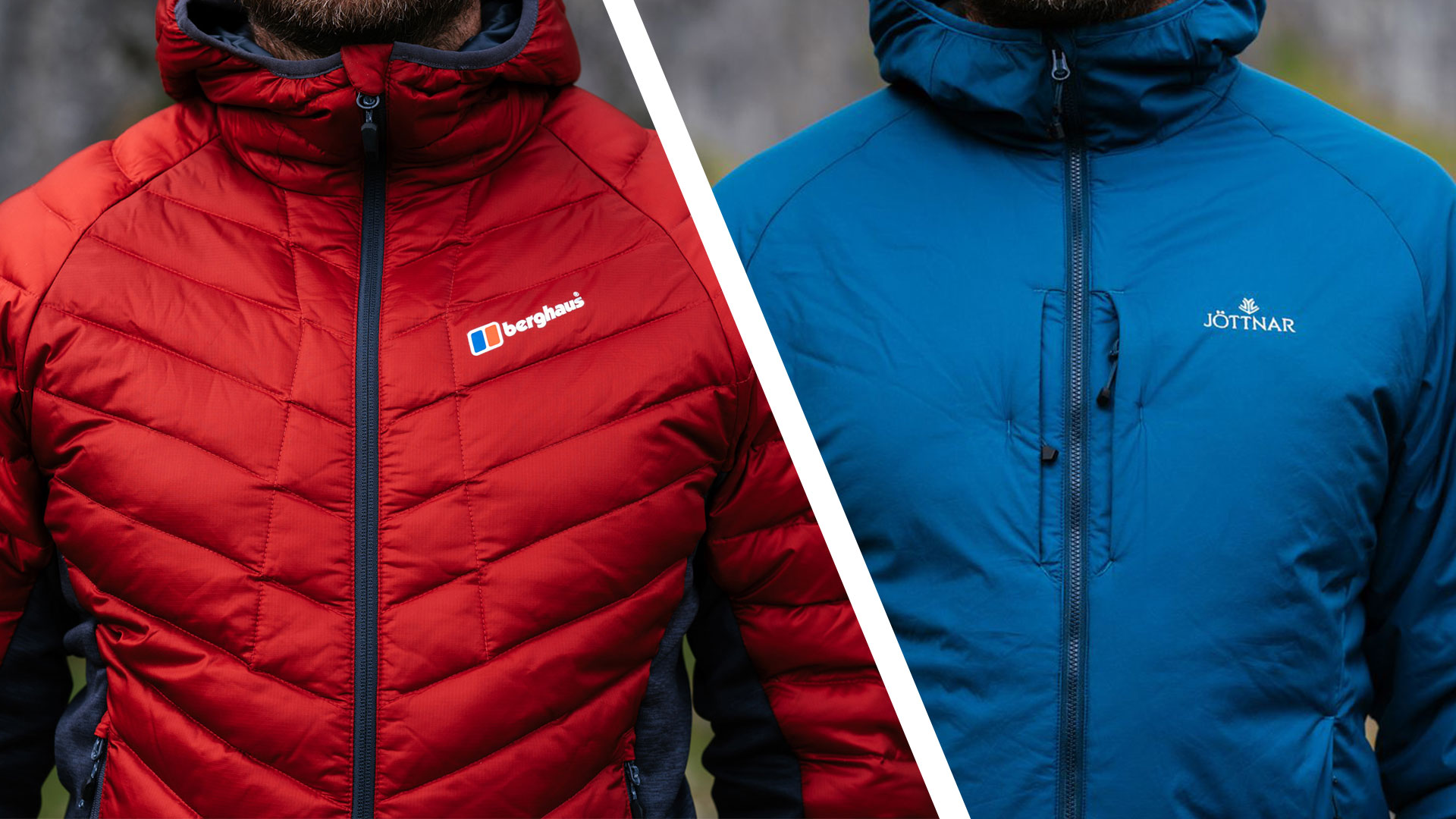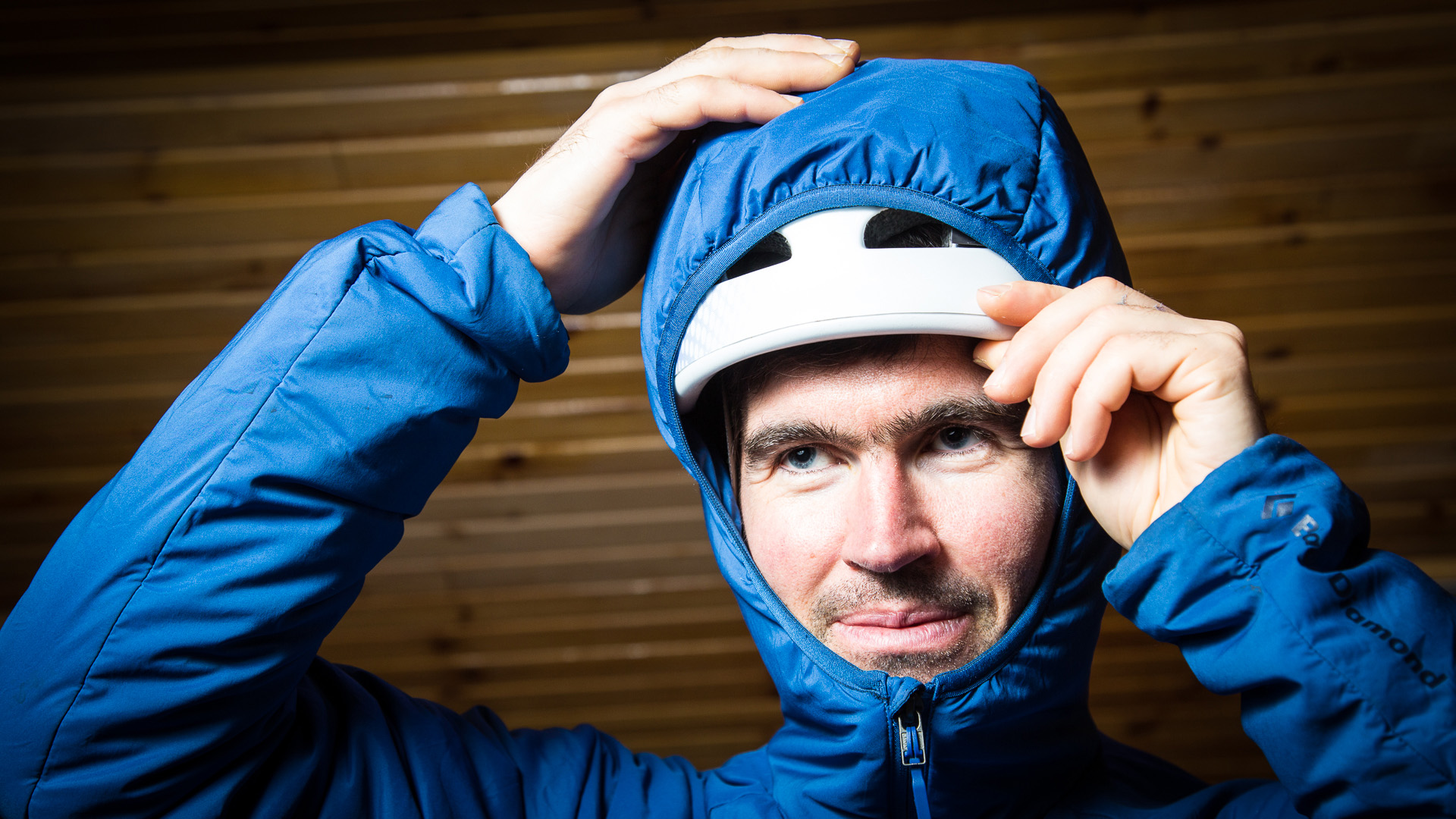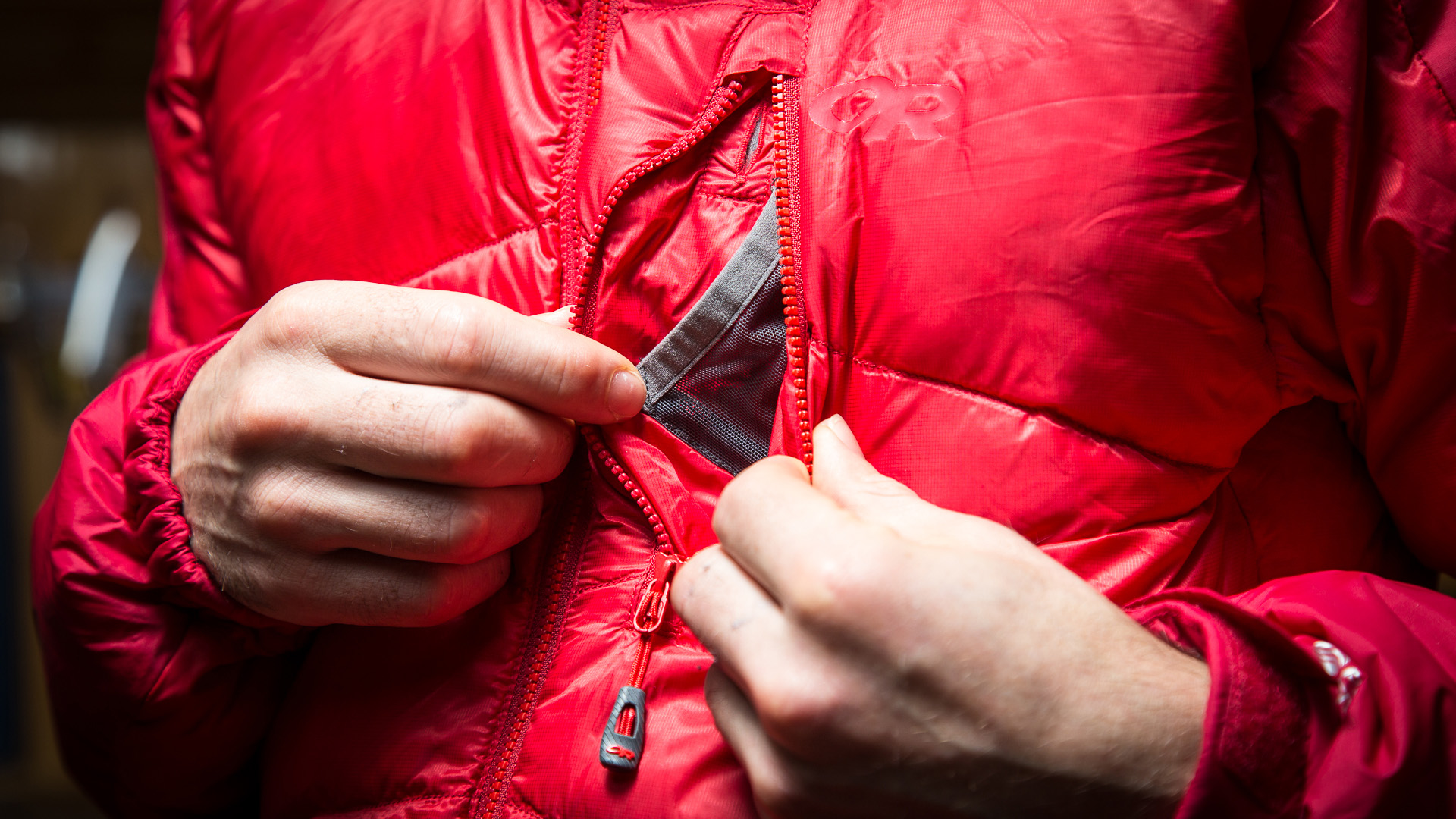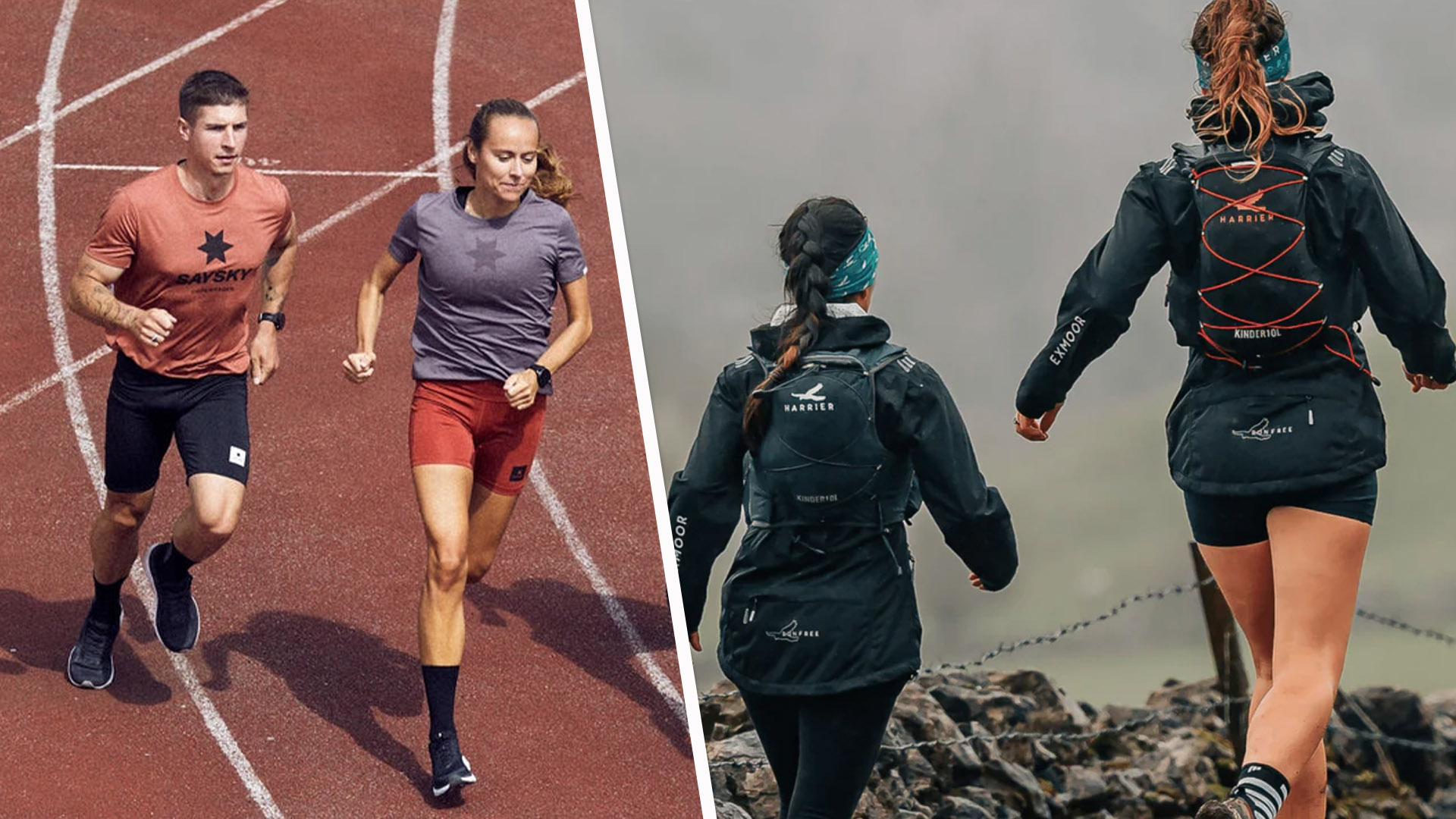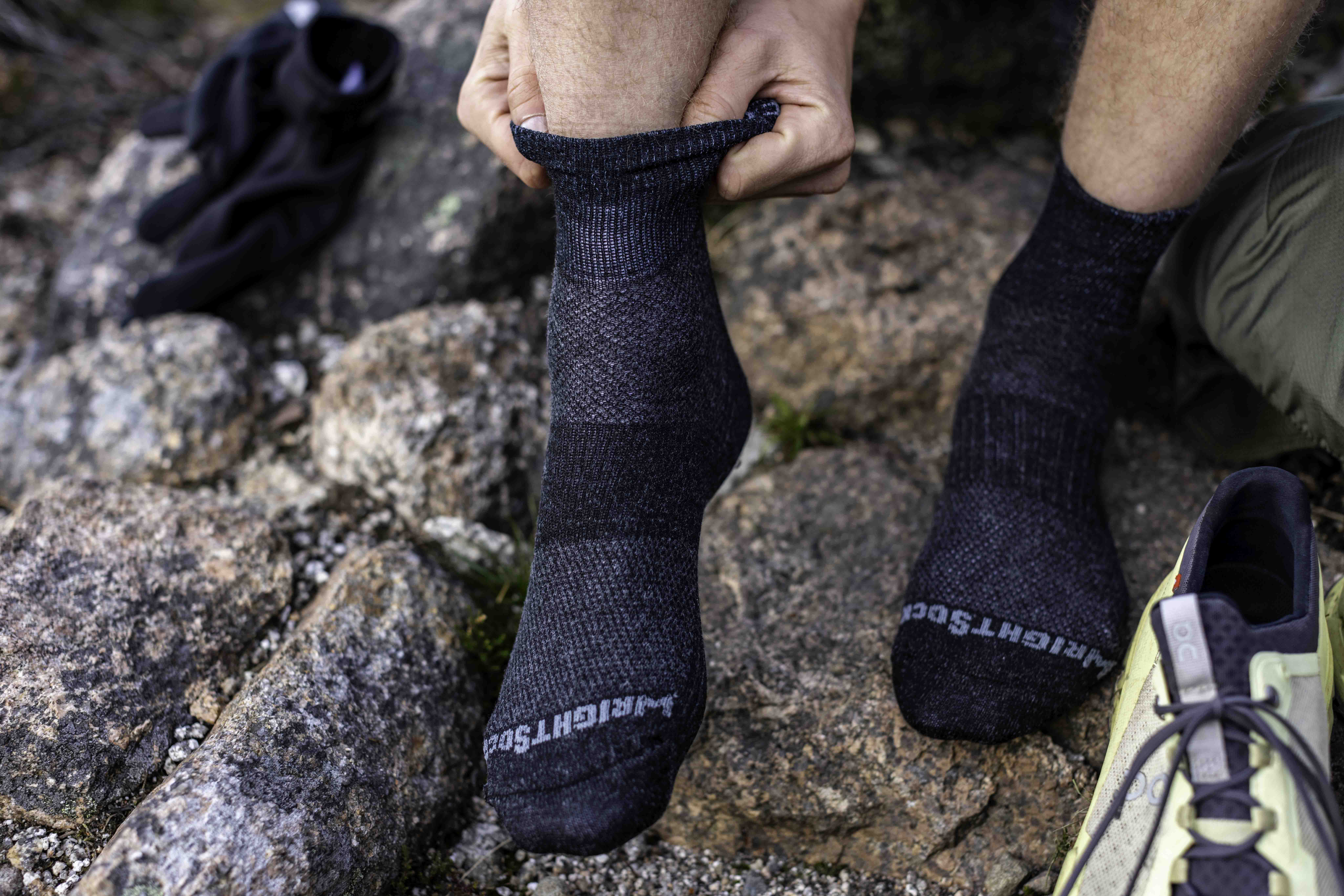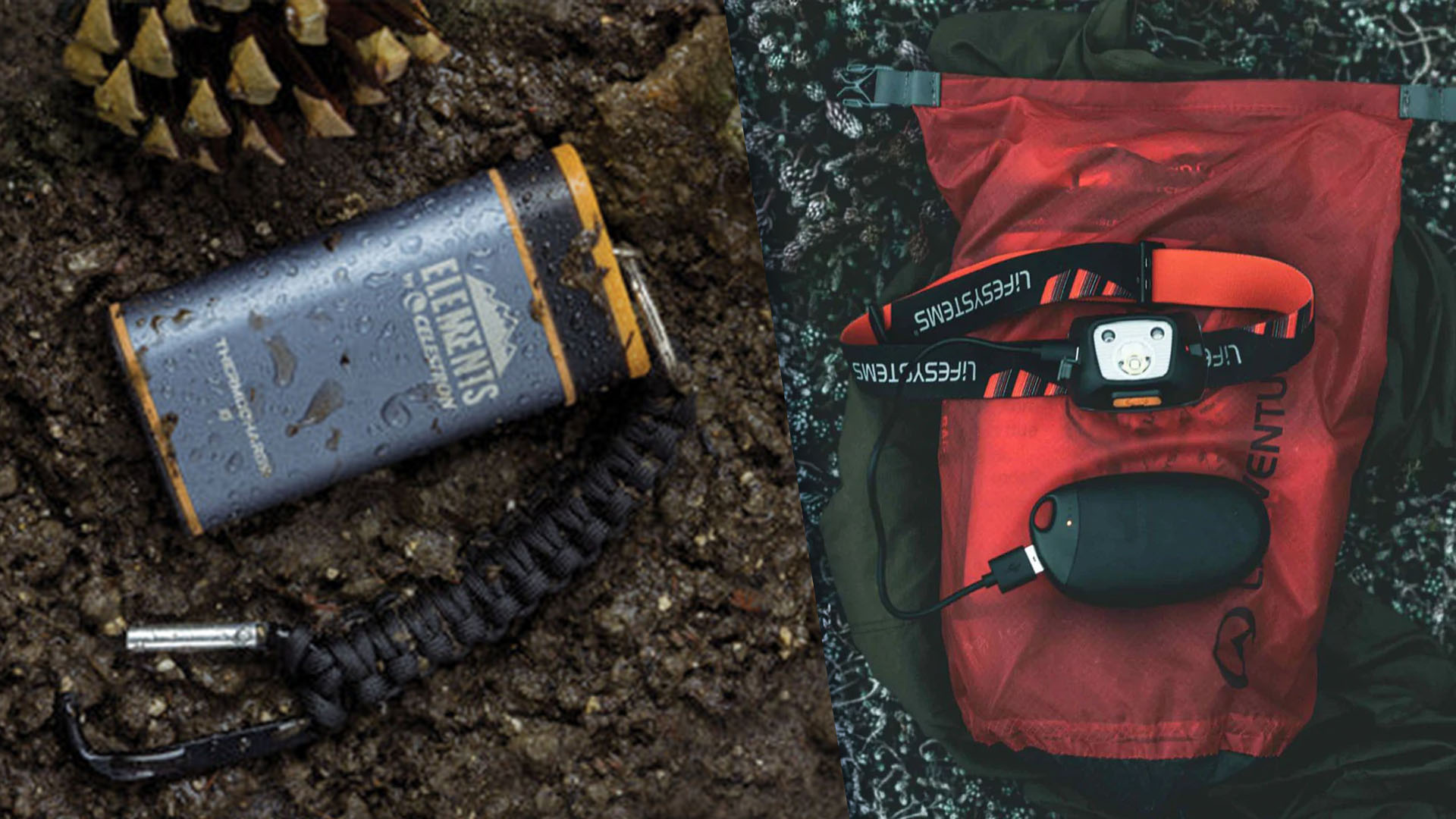Welcome to our buyer’s guide to warm down and synthetic insulated jackets. There are so many different options to choose from these days, that it’s all got a little bewildering.
Would you be better off with traditional down for example. Or down treated with a water-resistant finish. Or a pure synthetic fibre? Or maybe a filling that’s a mixture of down and synthetic… See what we mean?
Hoods And More
And that’s before you start thinking about hoods, pockets, different fabrics and constructions and whether you want to be able to use the jacket on the move or not.
The good news is that we’re here to tell you some of the basic stuff to look out for and help you pick a jacket thats going to be right for you and what you do in the outdoors whether it’s ultra-lightweight backpacking, full-on mountaineering or Himalayan trekking.
Finally, if you want reviews of specific insulated jackets, check out our list of the 10 best down jackets and our round up of the best down jackets for women. We’ve also done a full group test to find the best synthetic insulated jackets.
Which Insulation To Choose?
It used to be straightforward. If you wanted light, packable, insulation with the biggest warmth to weight bang for your buck, high fill power – more about that later – down was the way to go. Meanwhile, synthetic fills were best for cold, damp conditions.
Related: Best Walking Trousers
The thinking behind it was that down collapses when wet and no longer holds warming air. Plus it needs special drying techniques to recover properly after getting wet. Synthetic meanwhile while heavier for its insulating qualities, coped far better with damp.
To an extent that’s still the case, but the arrival of so-called water-resistant down and down blends has changed things a little.

